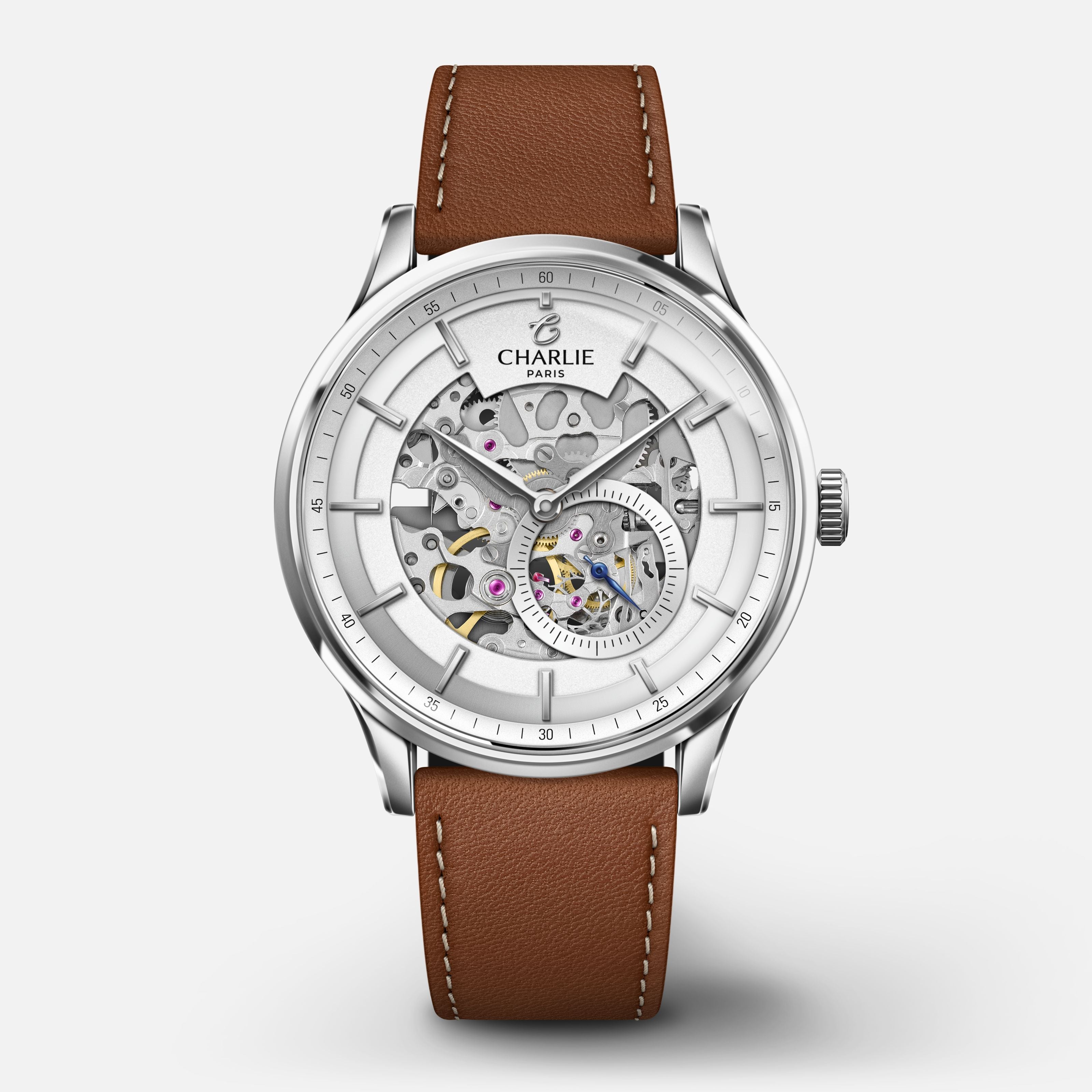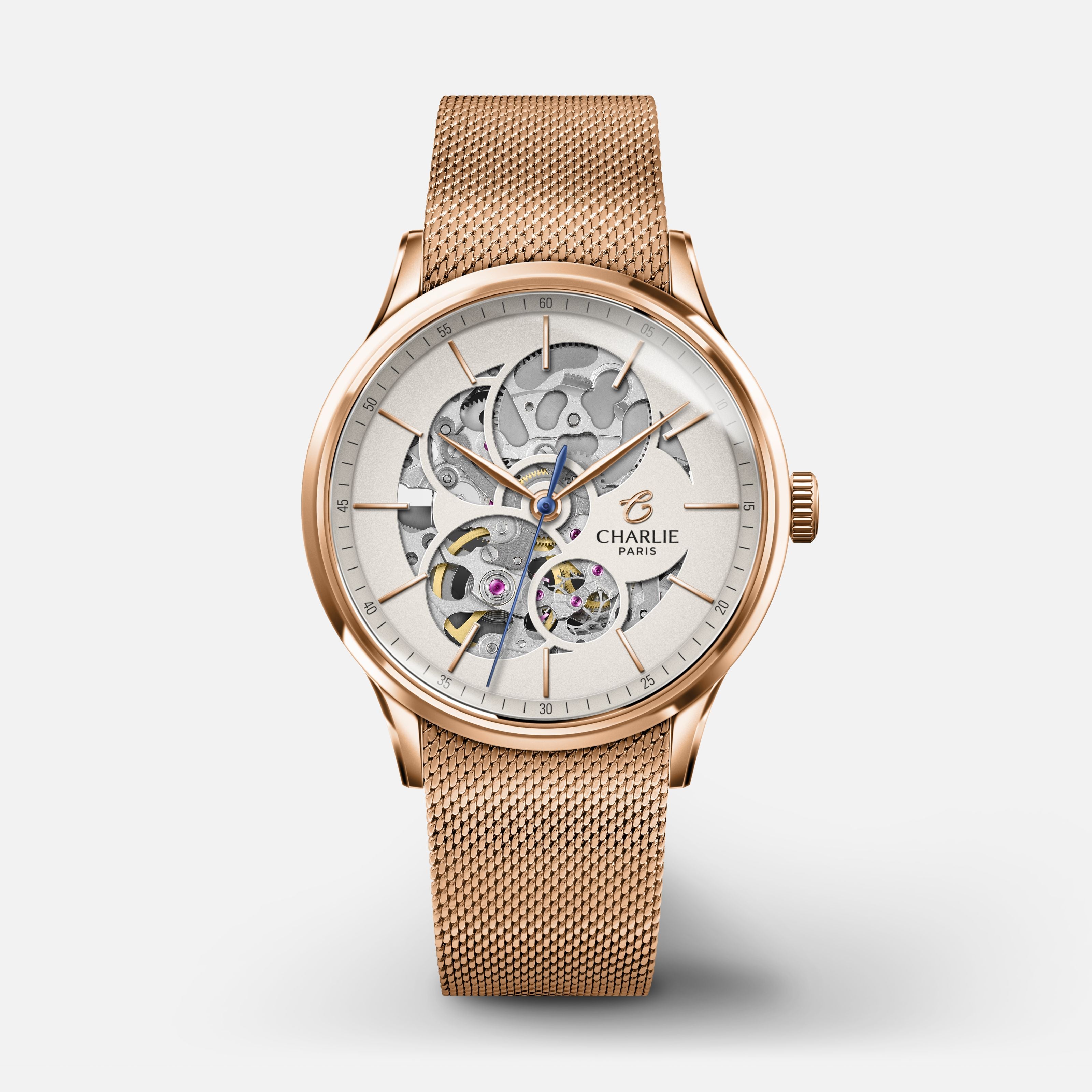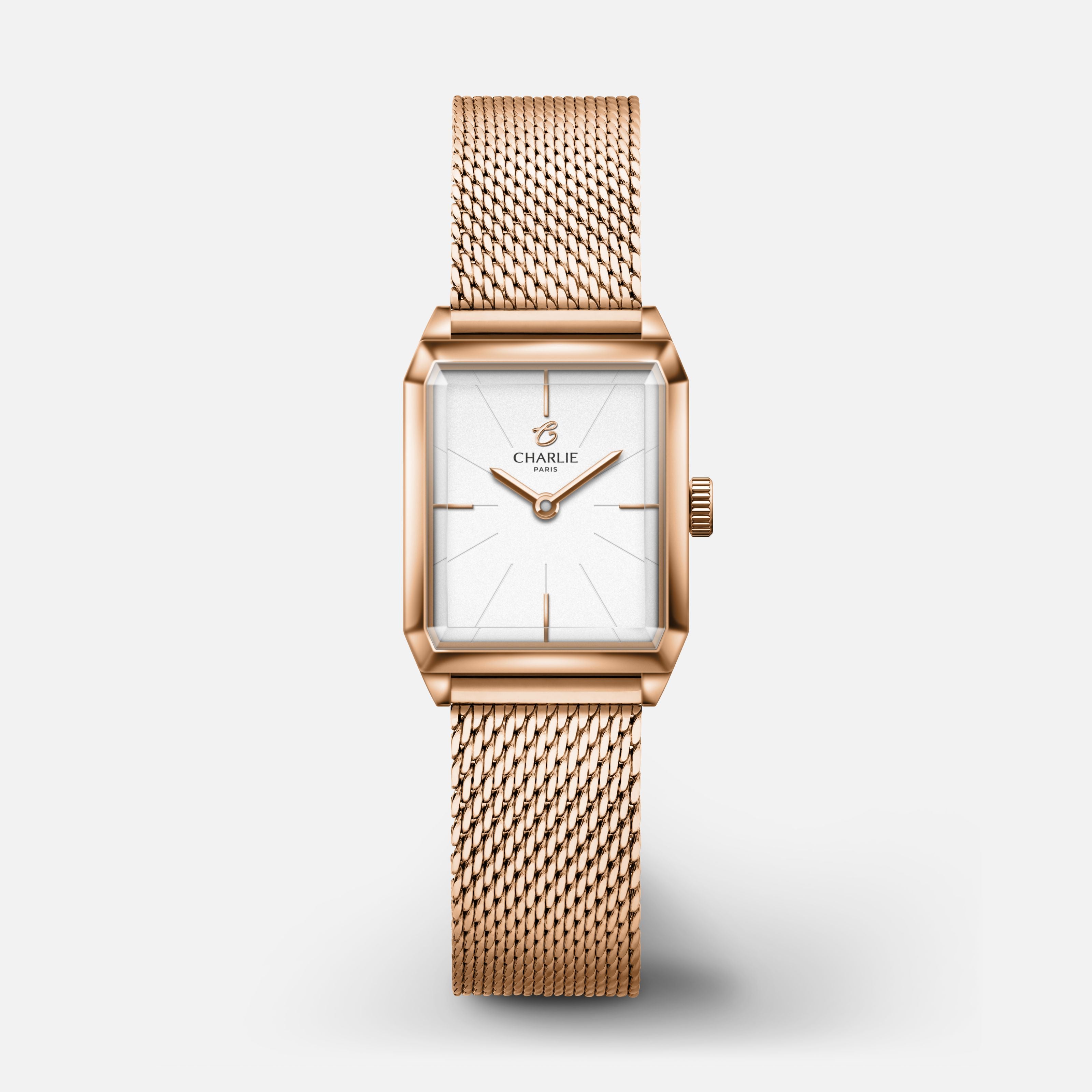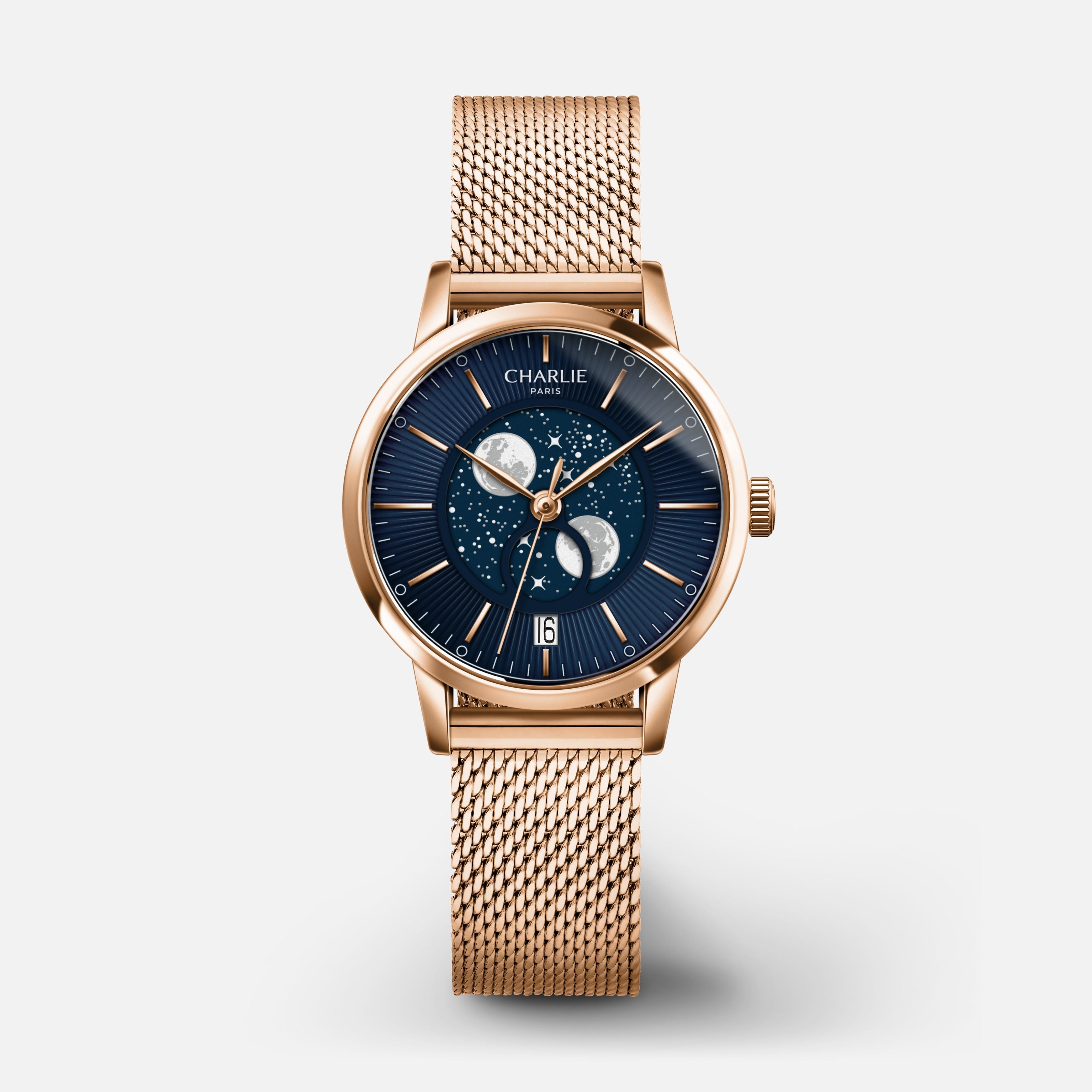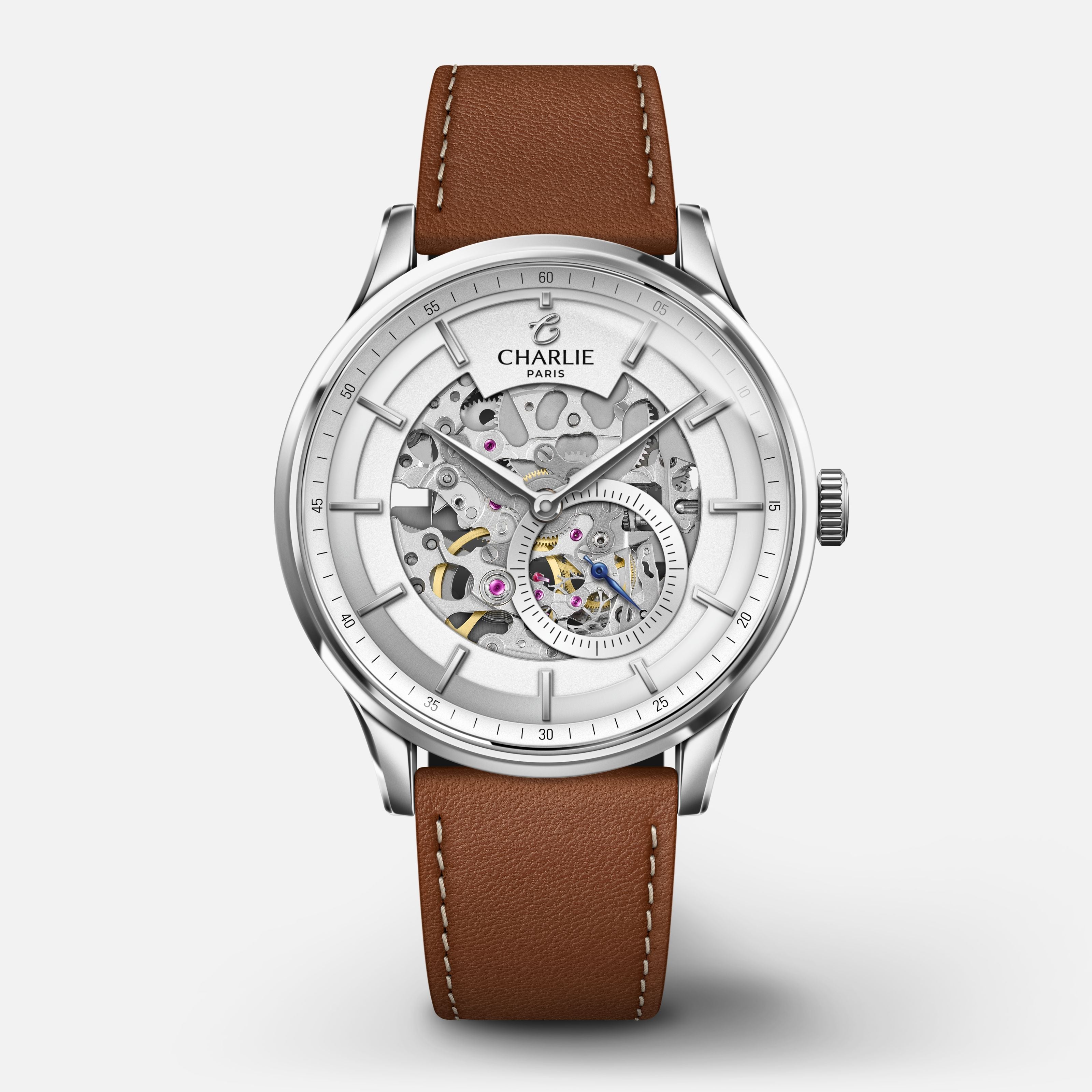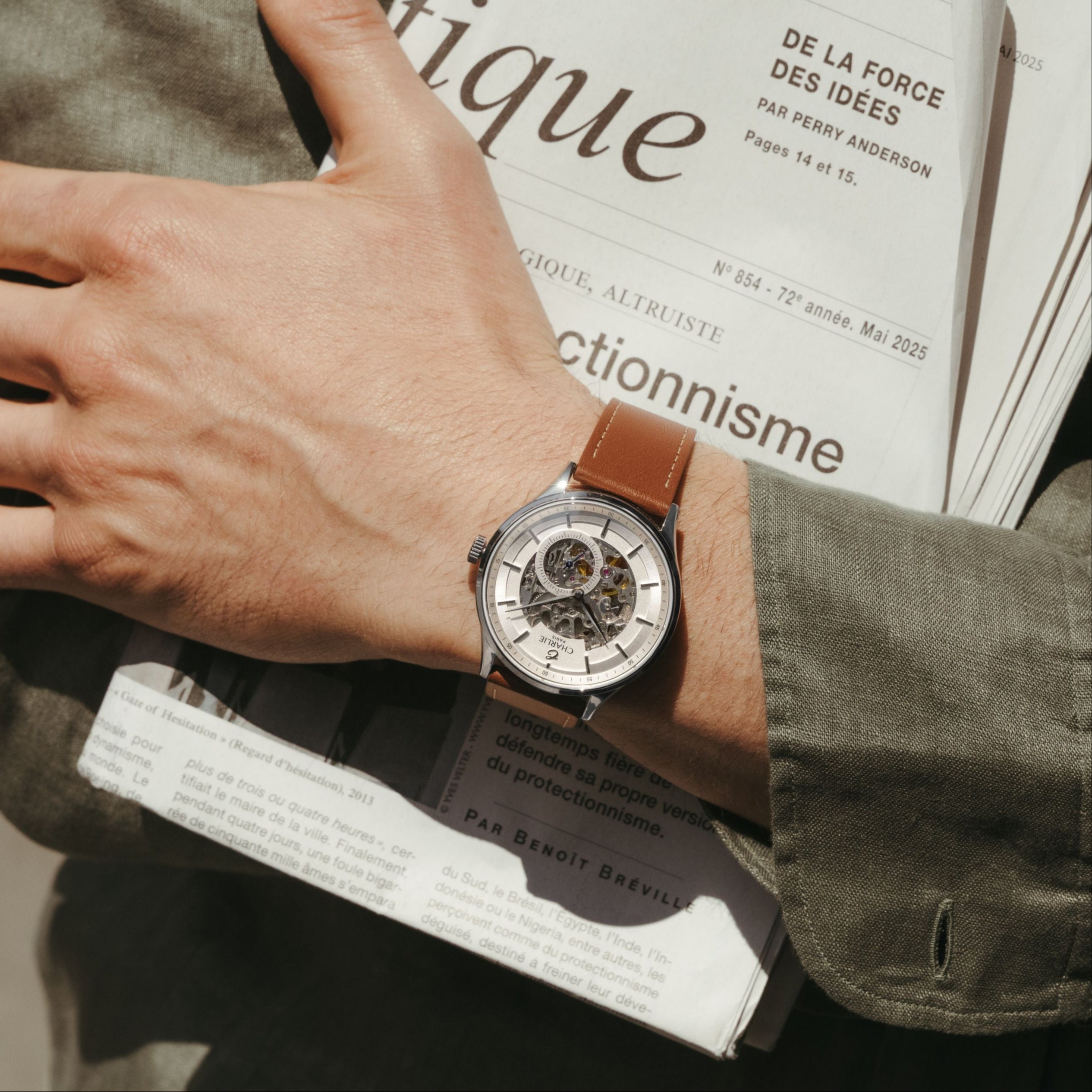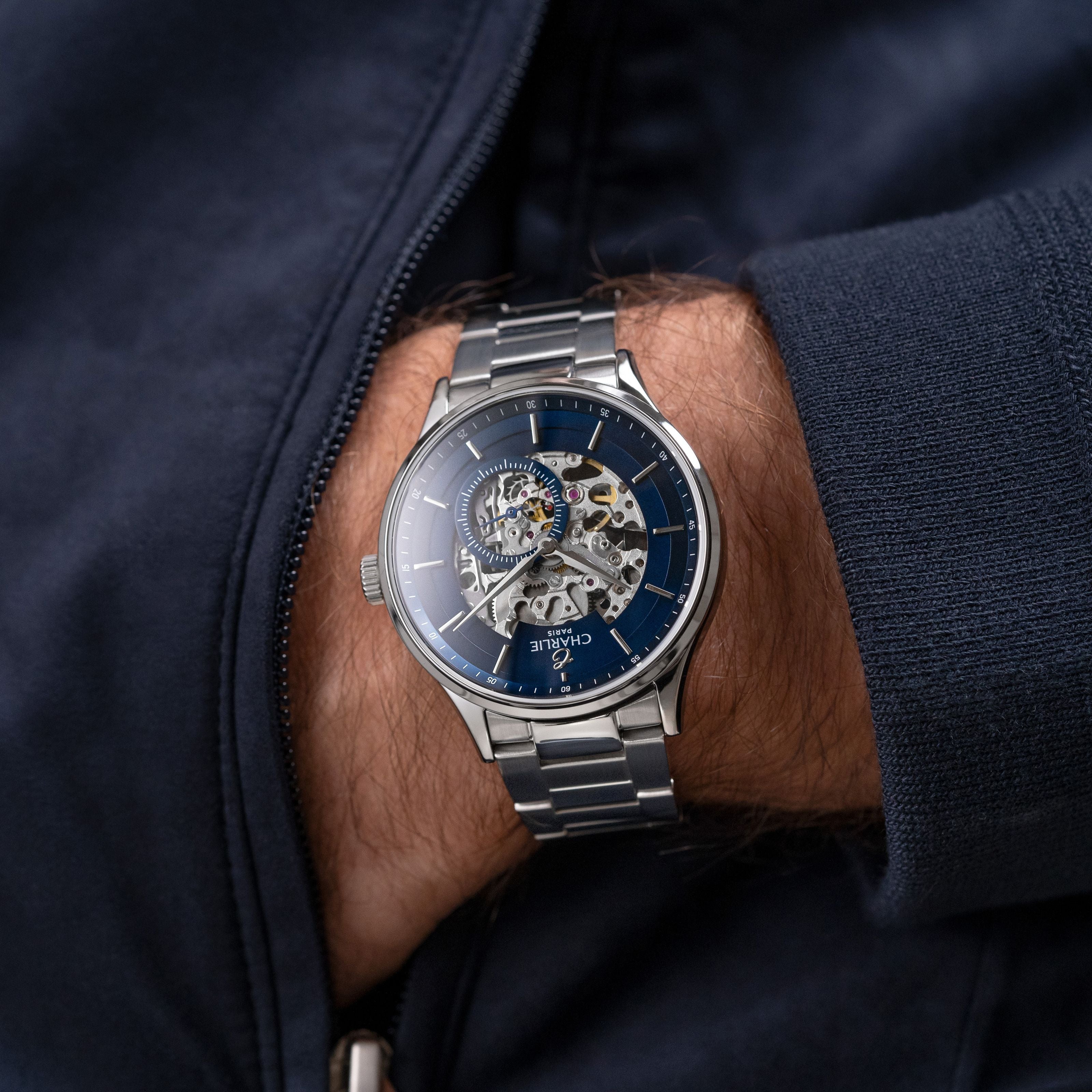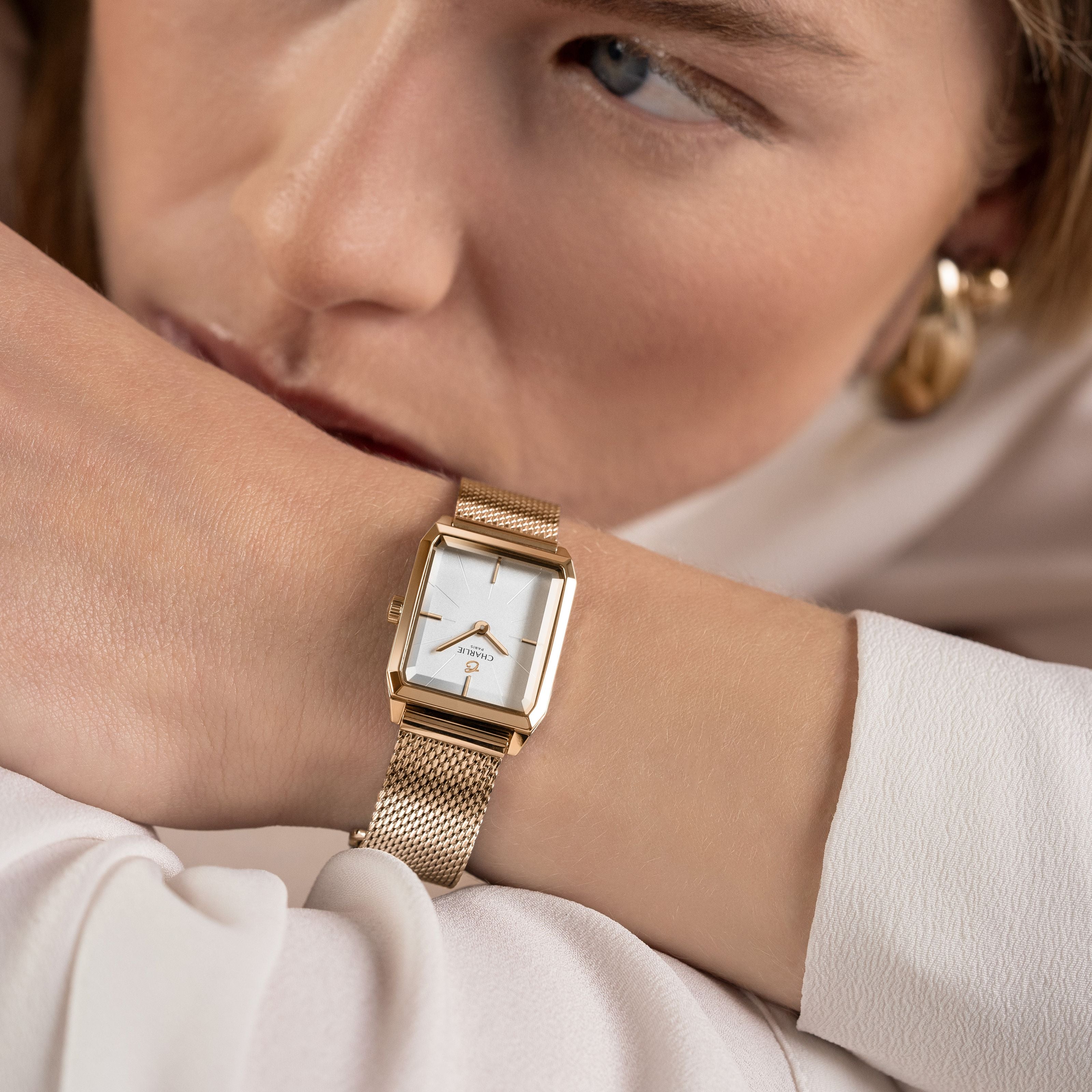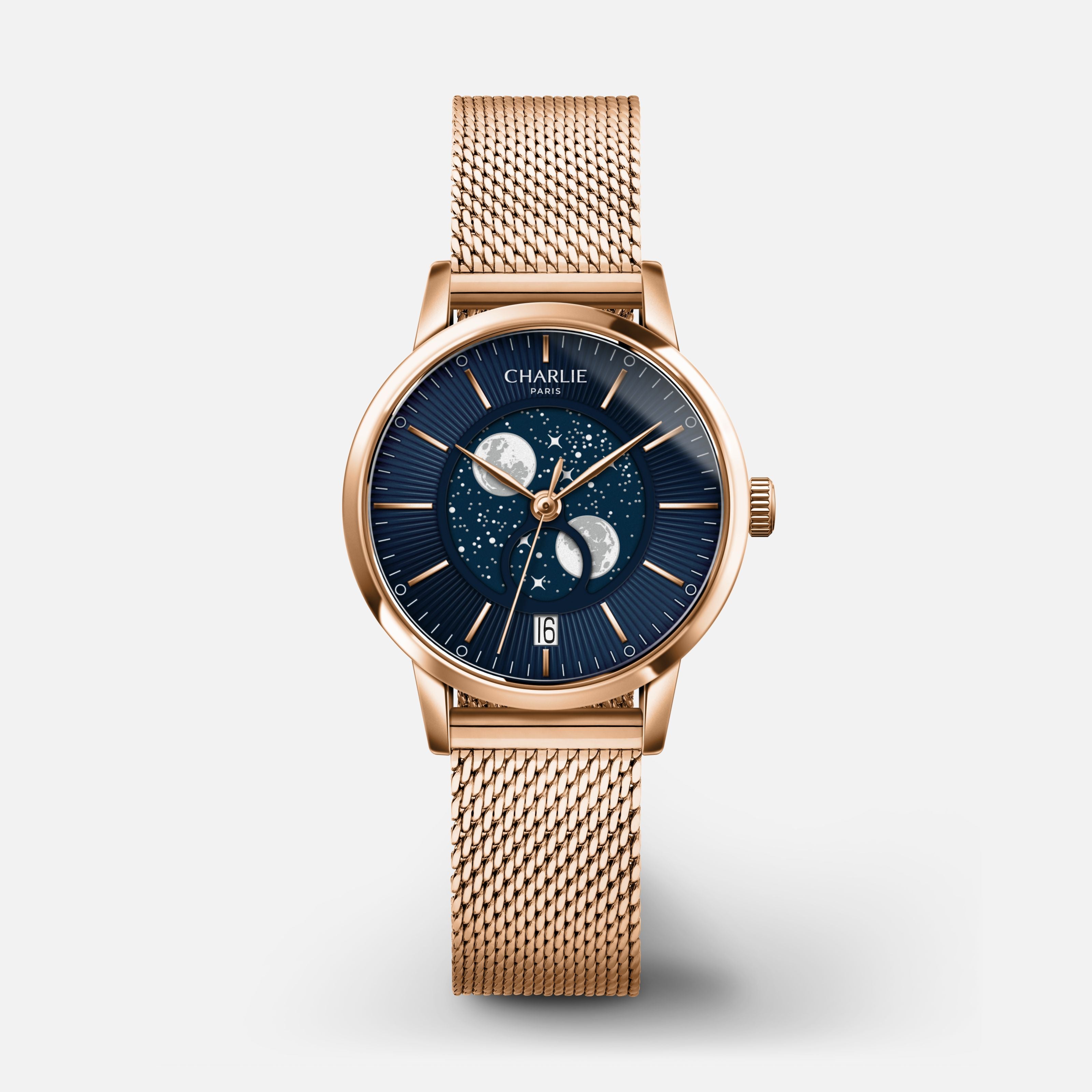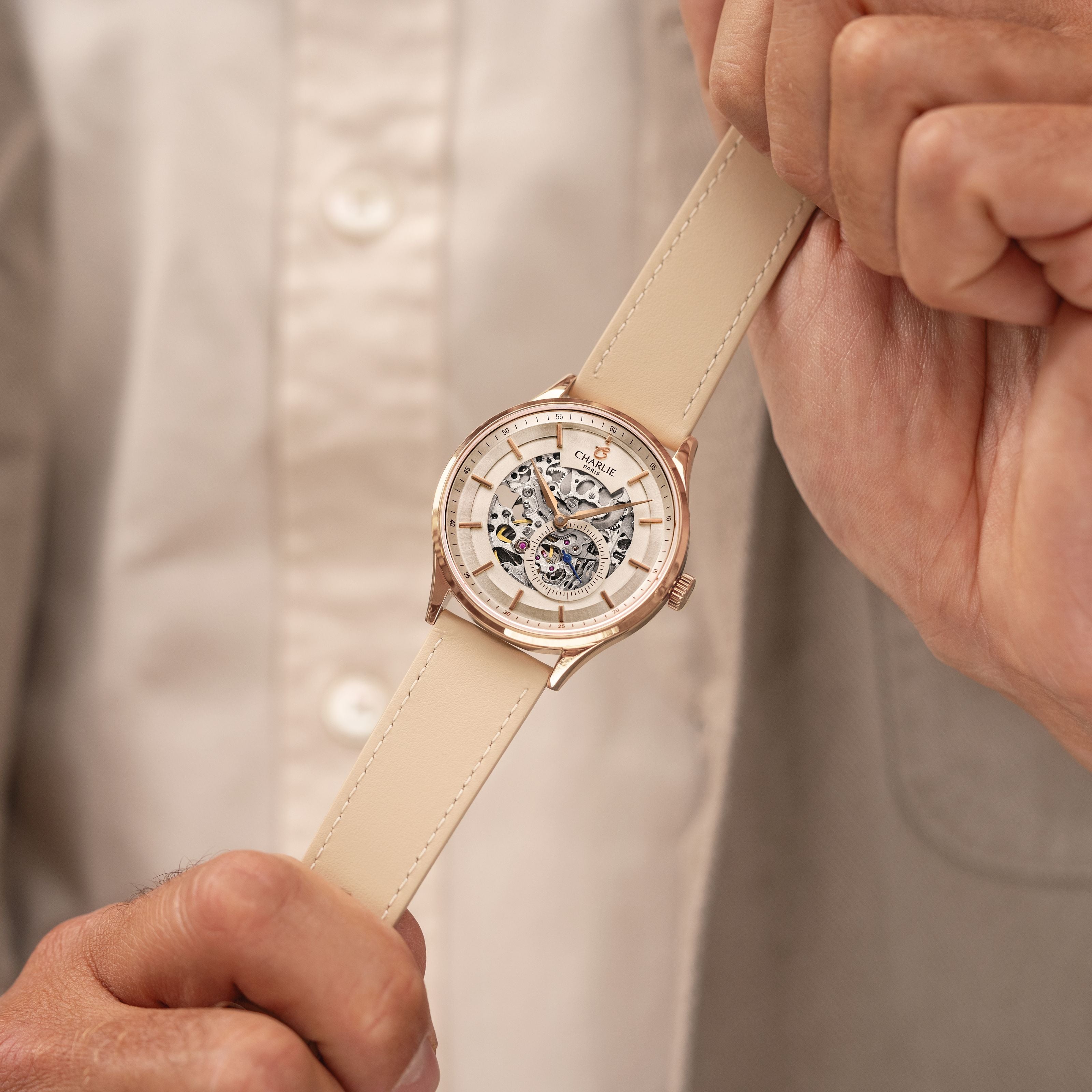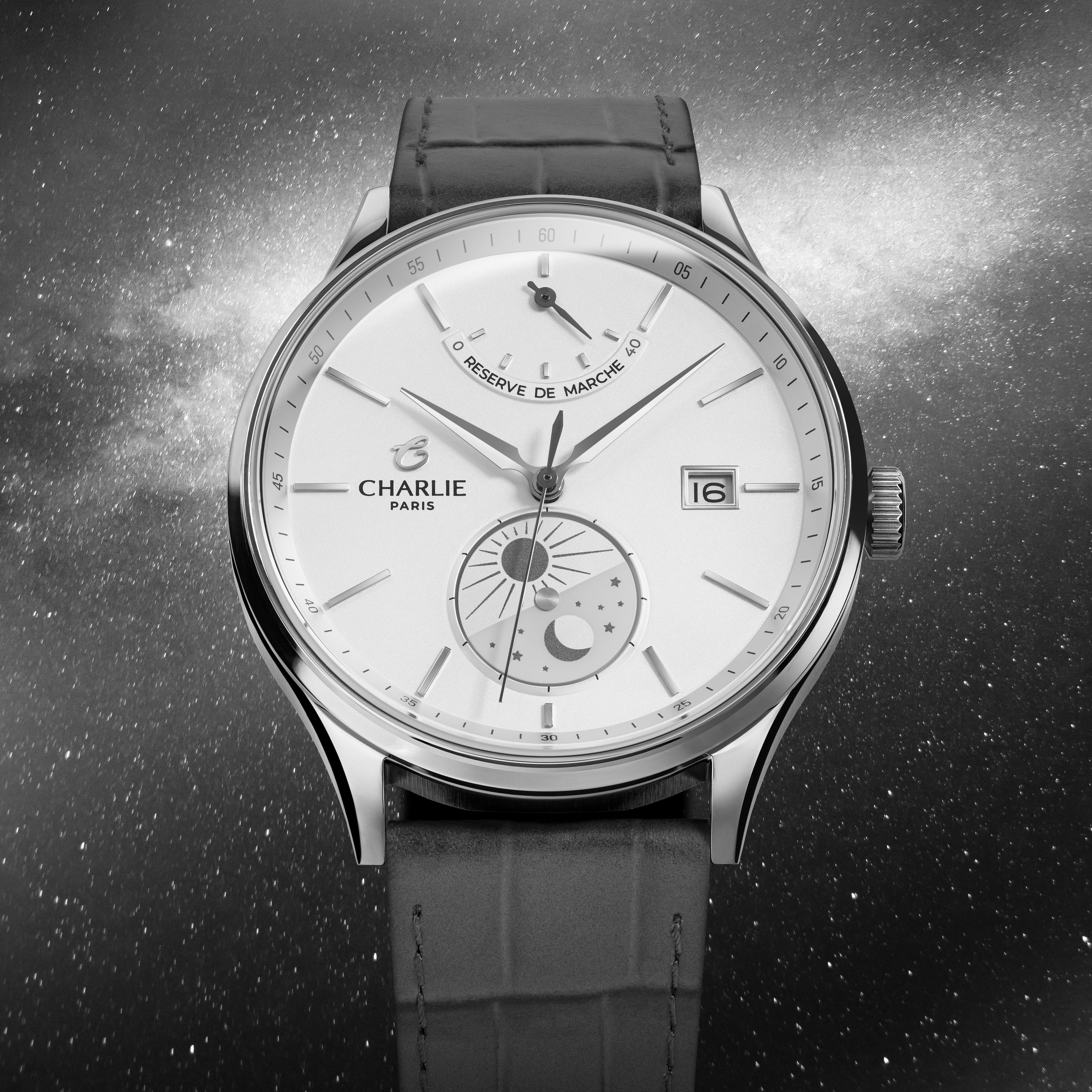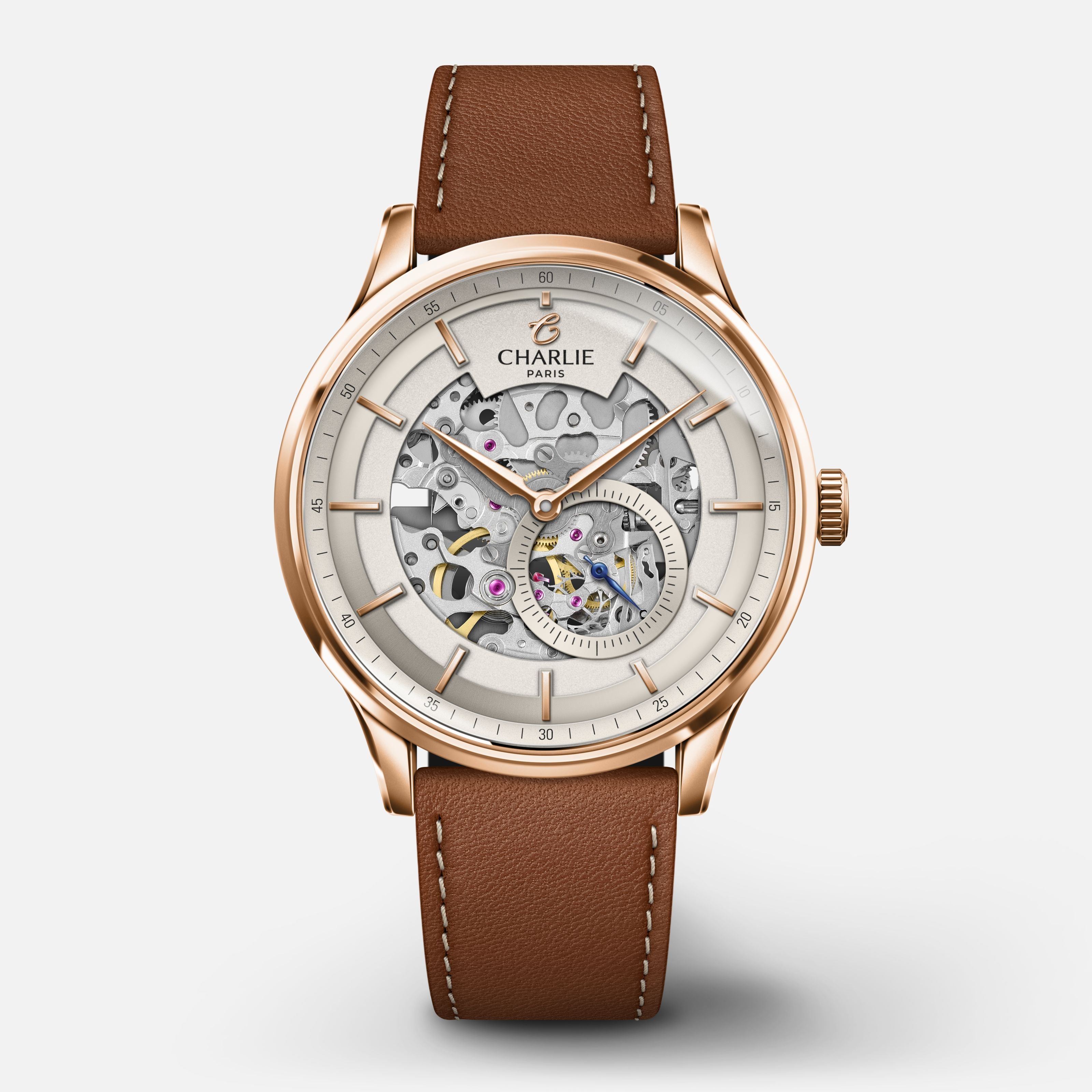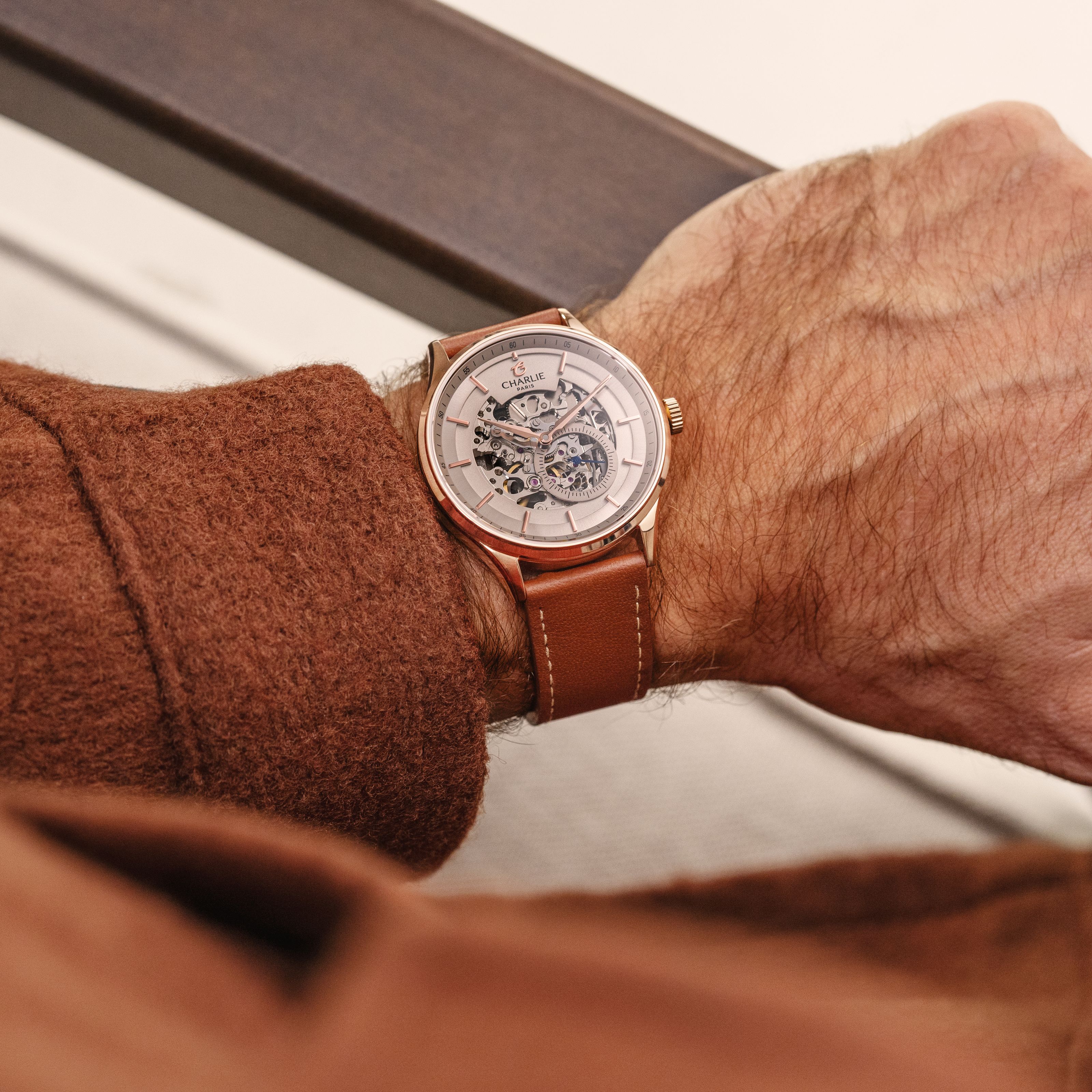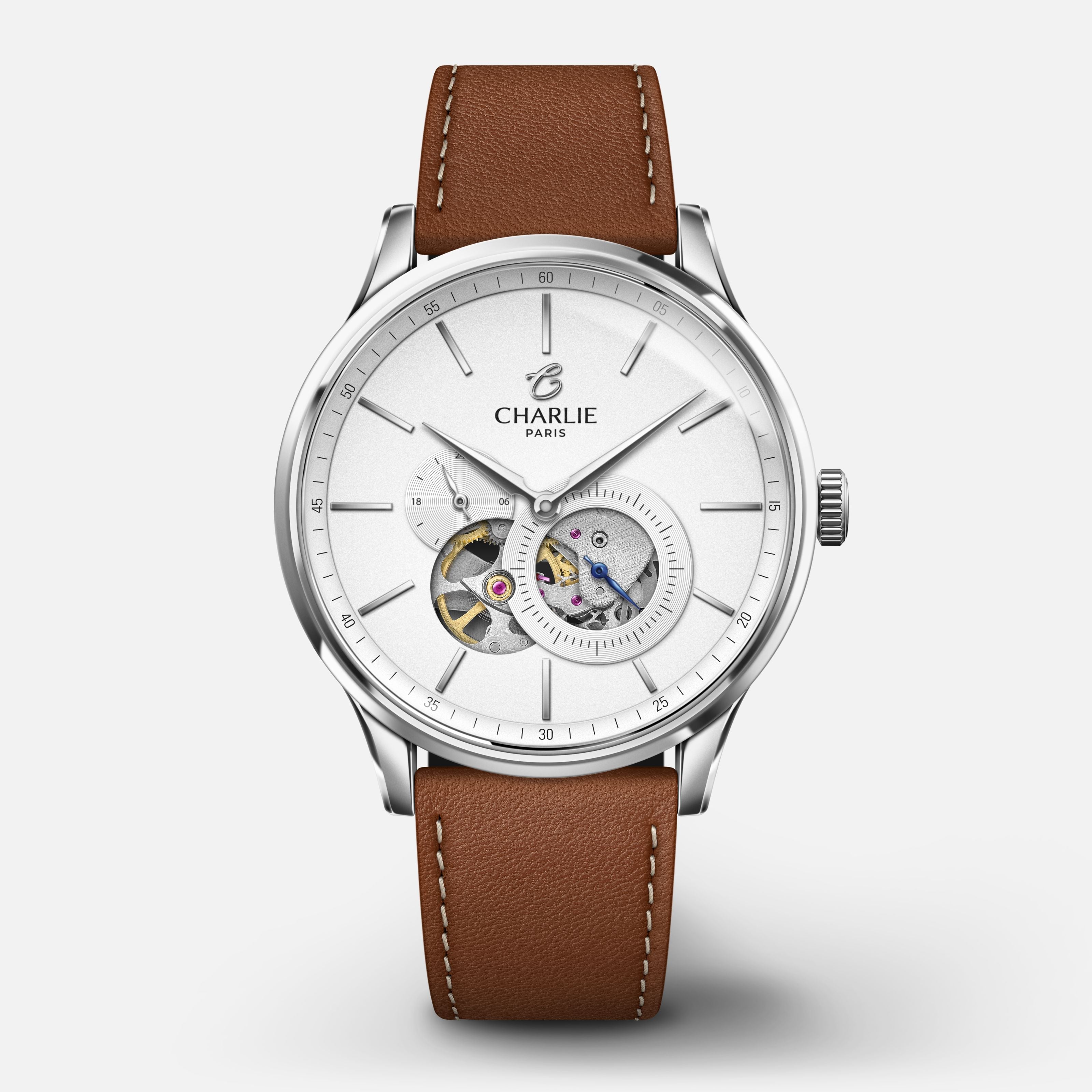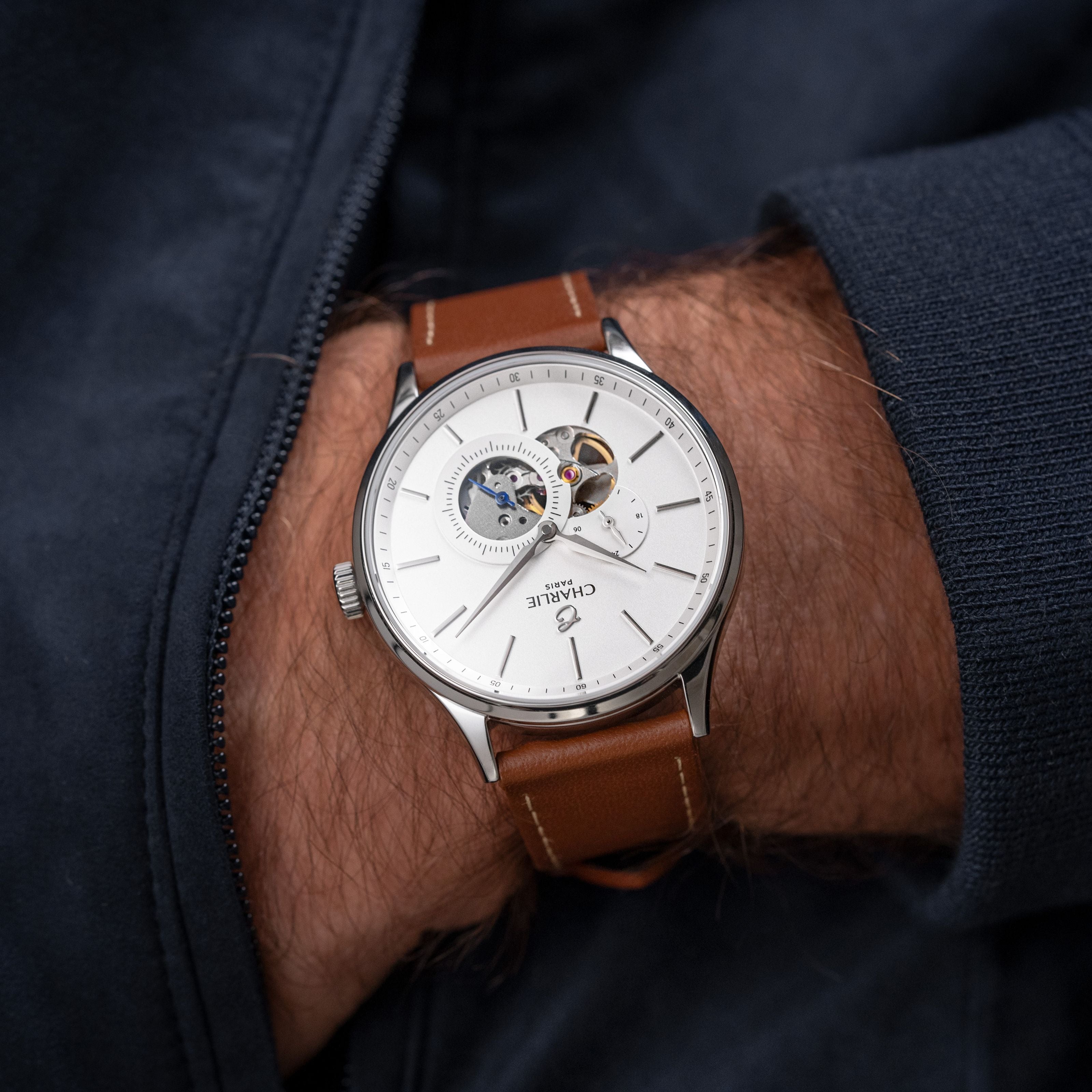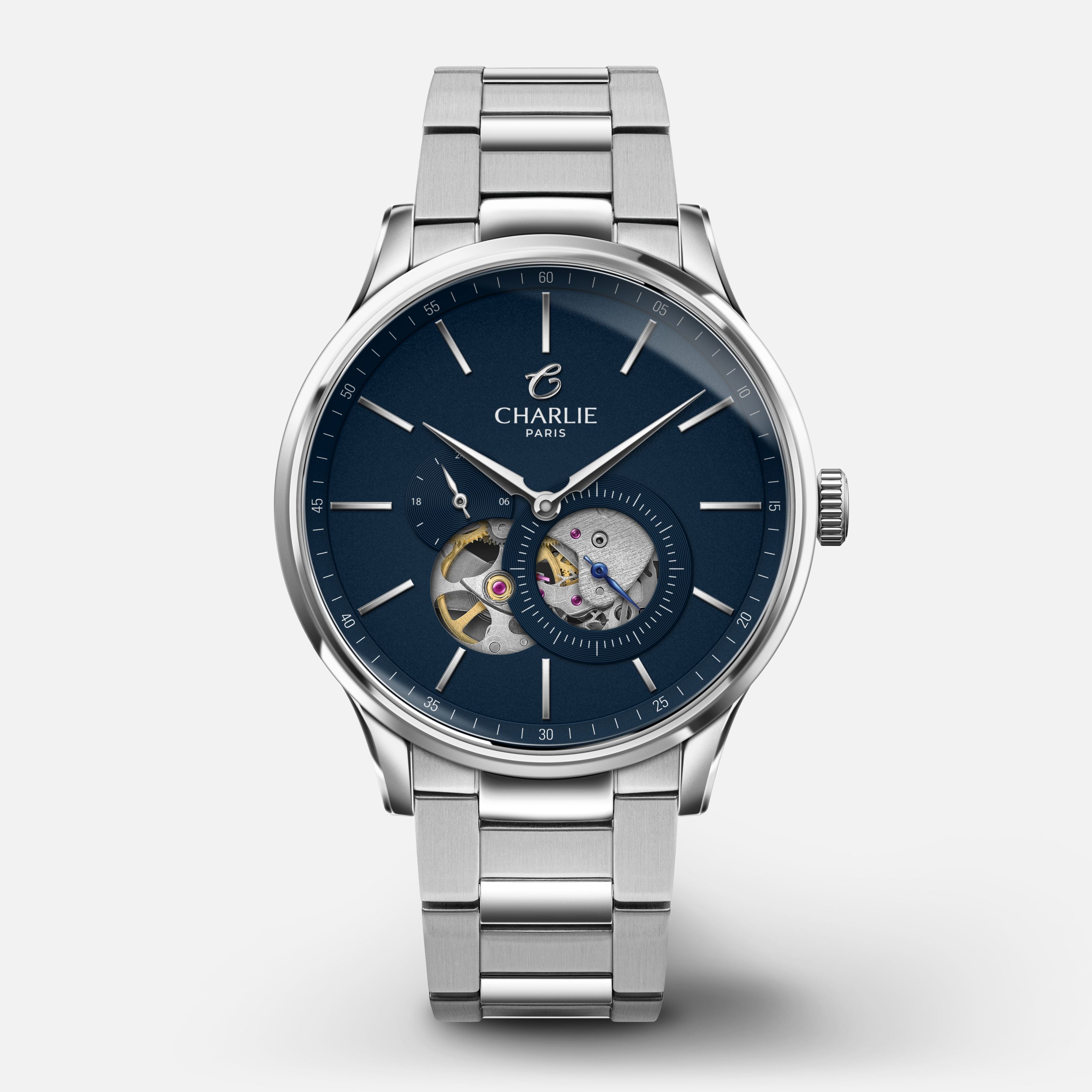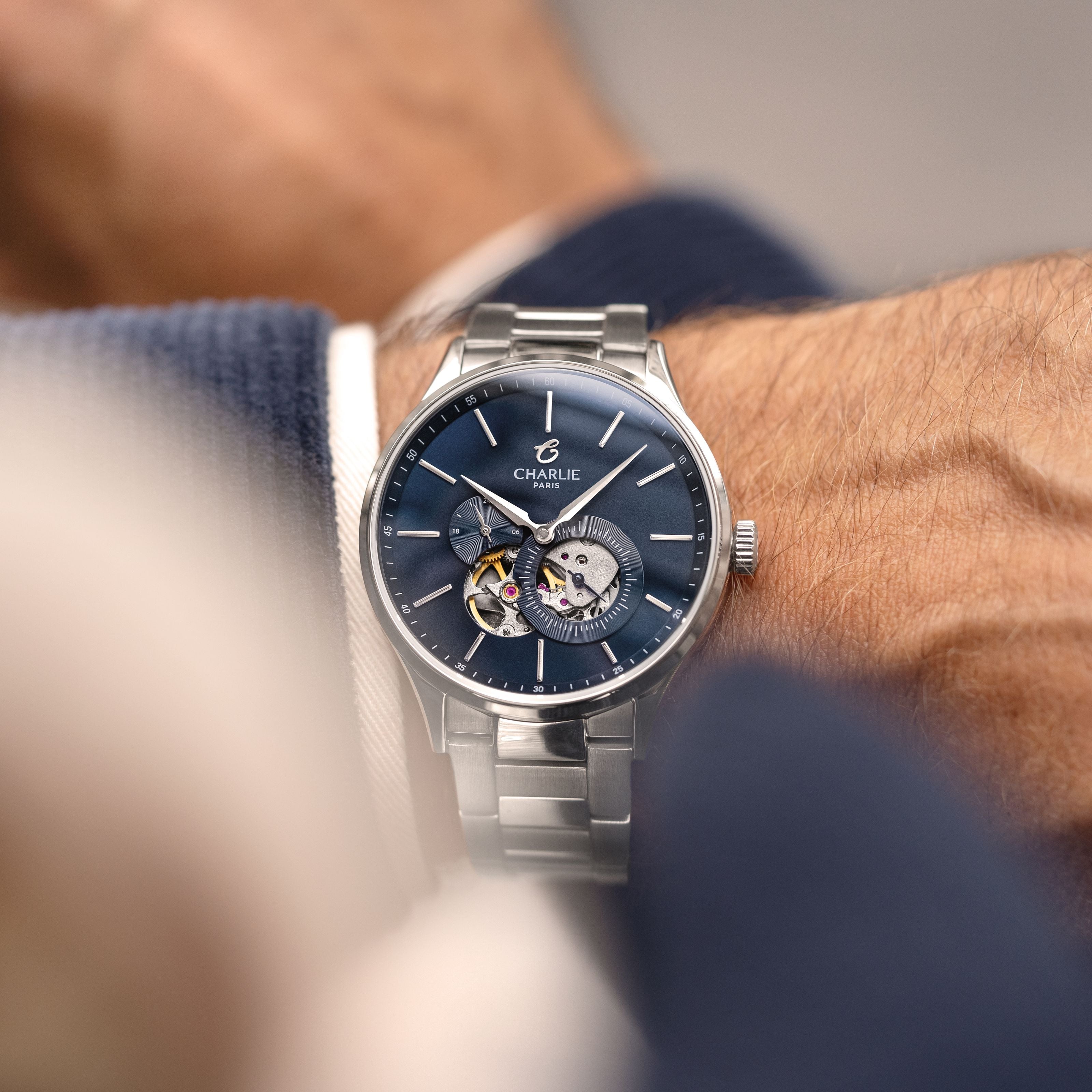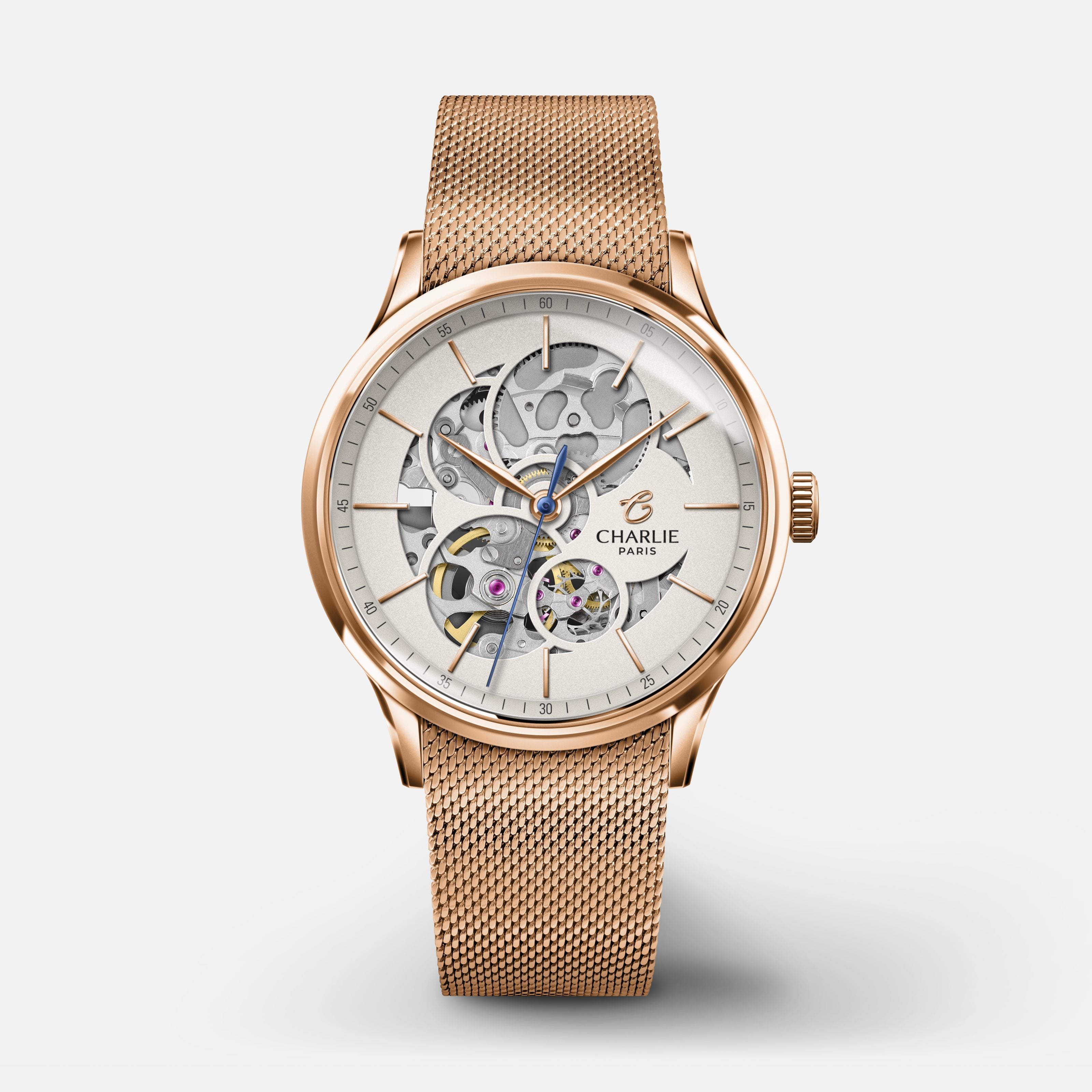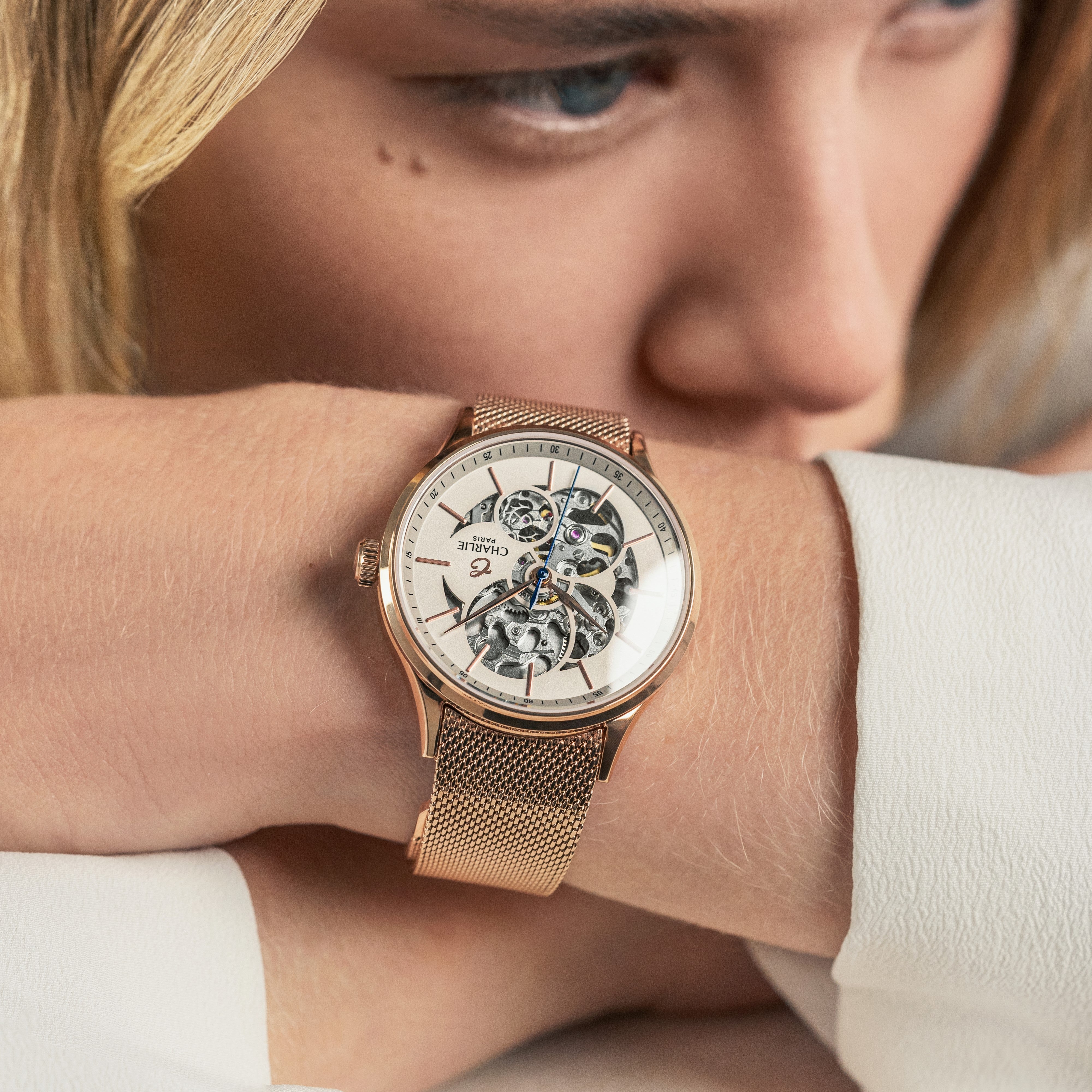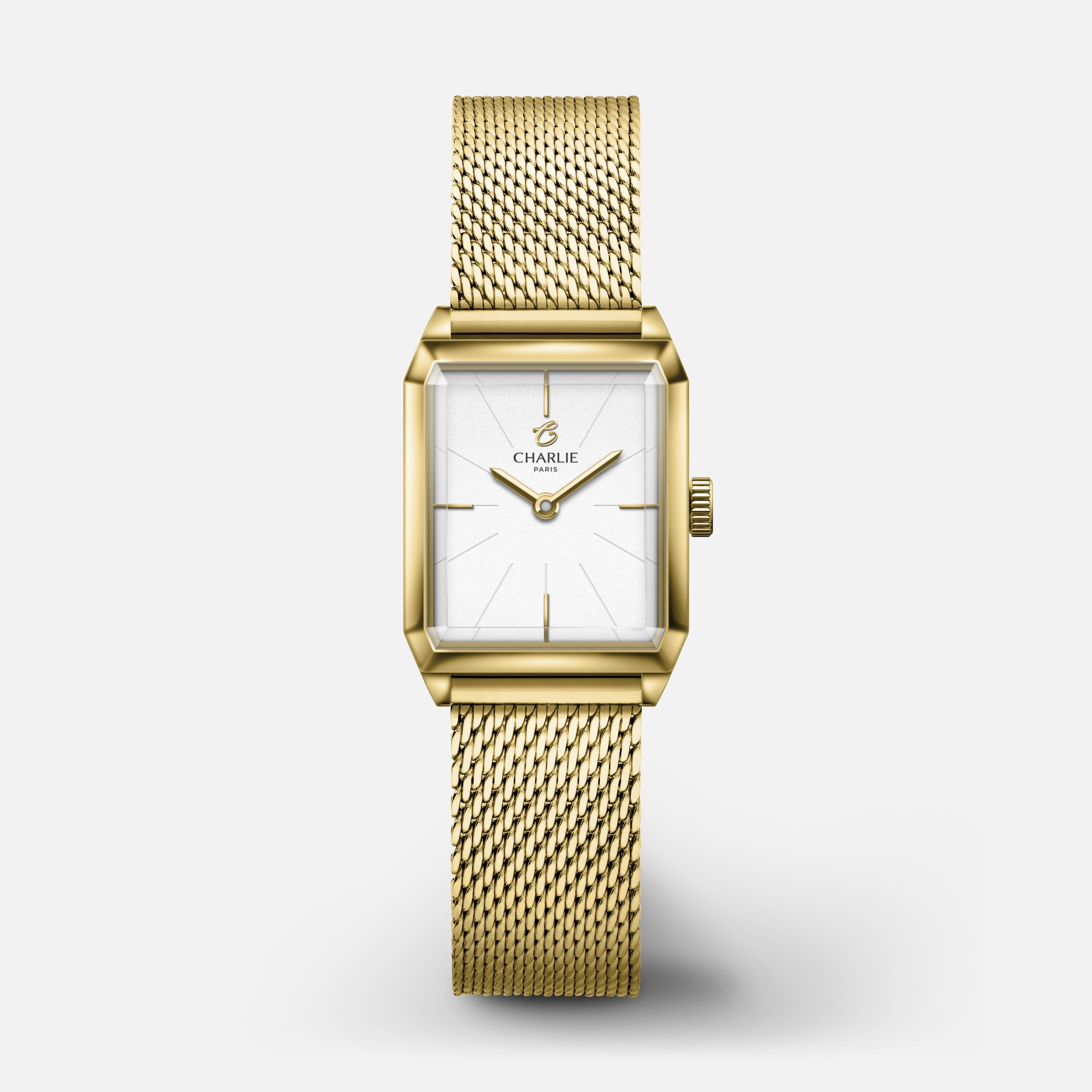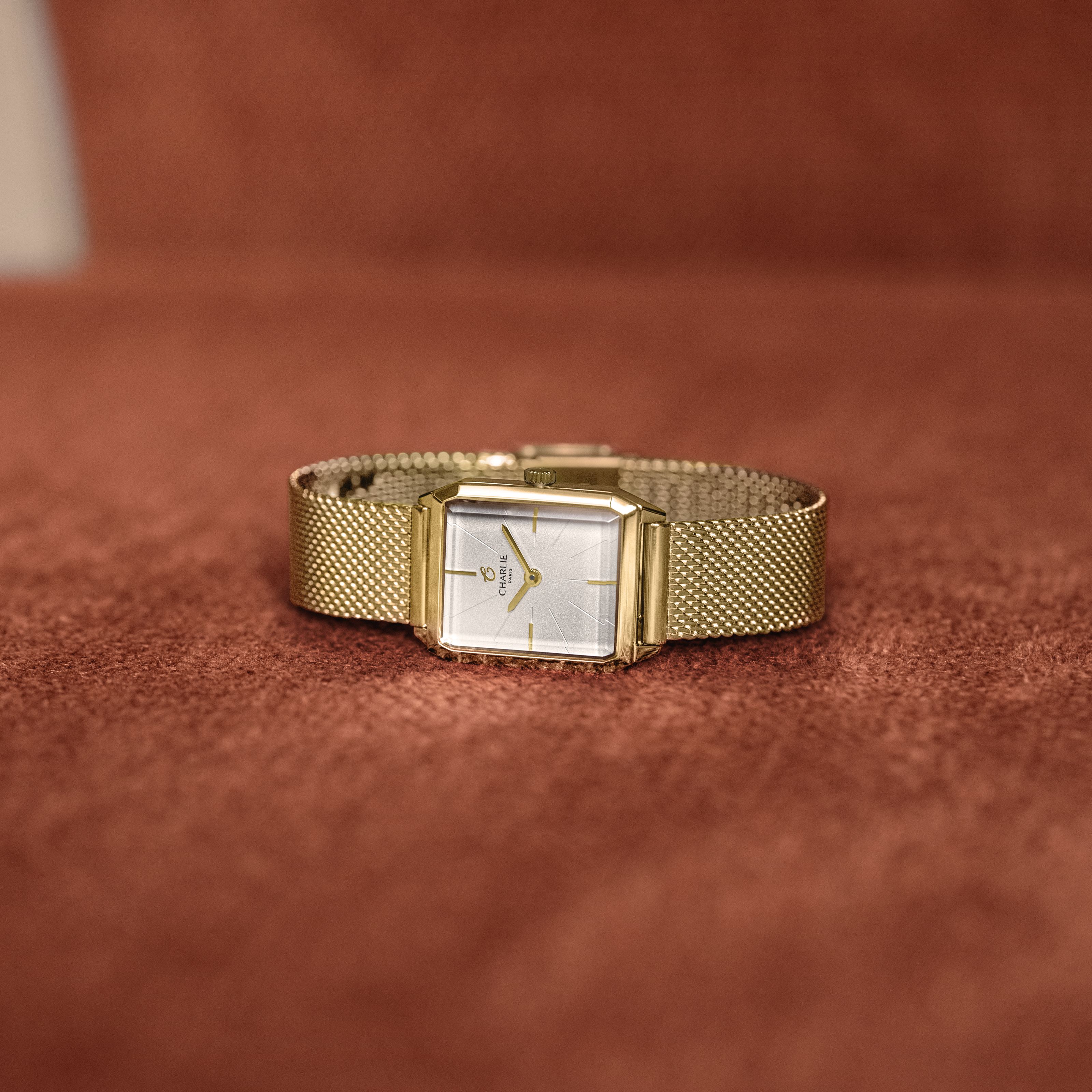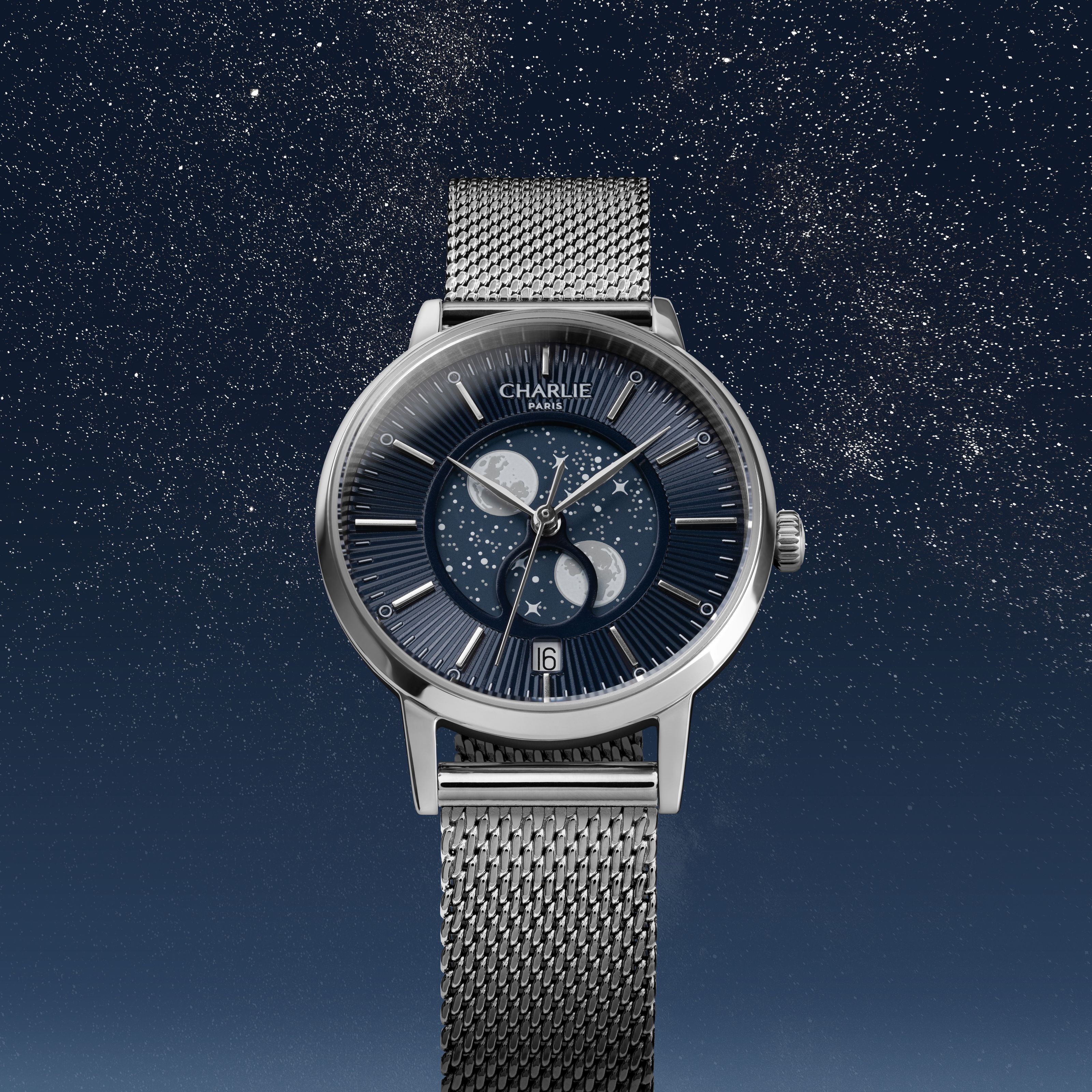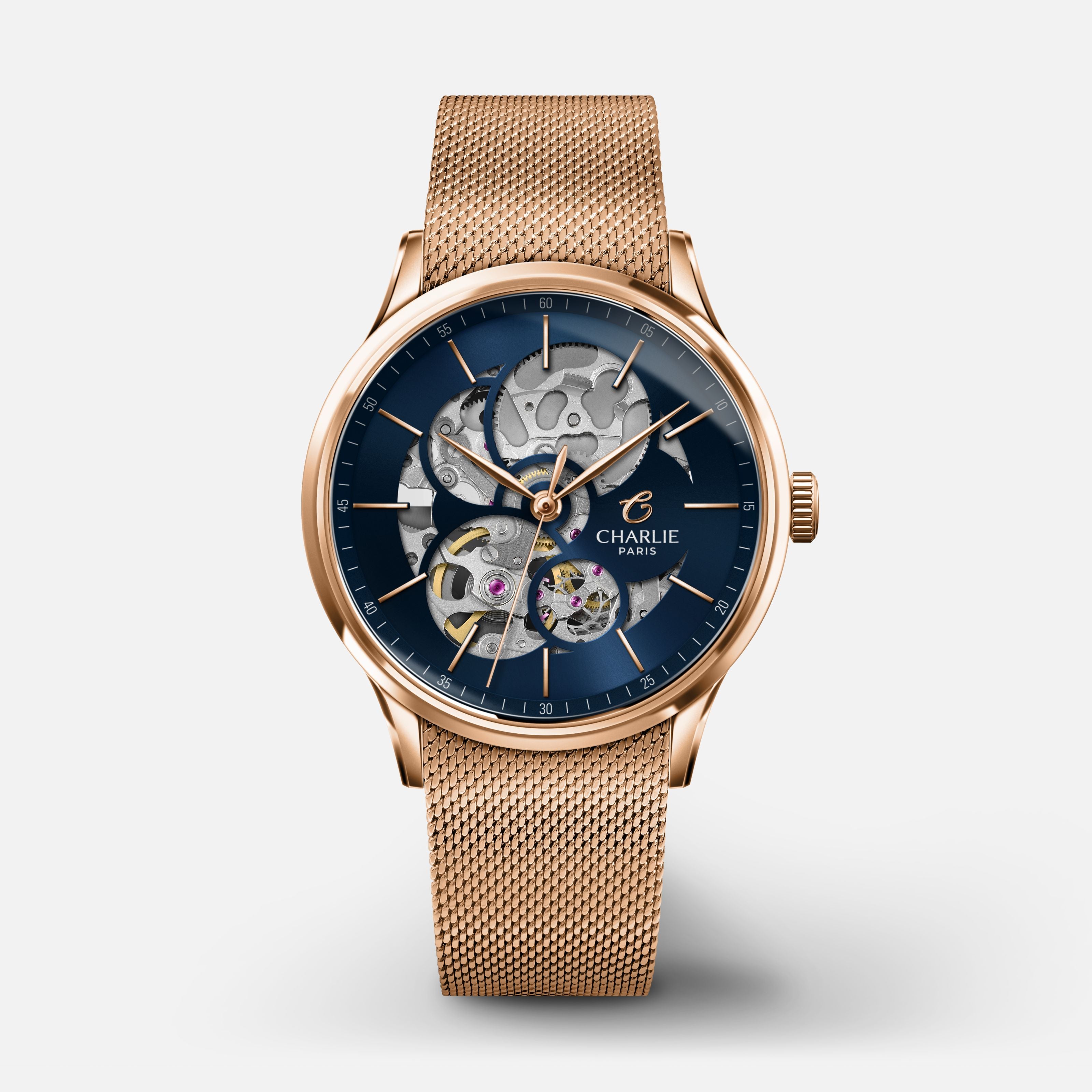Since 1998, the time change dates have been harmonized within the European Union. In all member countries, the changeover to winter time takes place on the last Sunday in October and the changeover to summer time on the last Sunday in March. In France, the French have been moving their watches forward or backward every year since 1974, but have you ever wondered how to explain this time change?
Was Benjamin Franklin at the origin of the time change?
The idea of applying a time change is very old and we owe it to Benjamin Franklin in 1784, while he was ambassador of the United States. Woken up very early by a noise in the street, he noticed that the daylight was already filtering behind the curtains, and understood that several hours of daylight were being lost by the Parisians, who were still asleep. His proposal was to adapt the hours of rest to the rhythm of the sun: get up earlier to take advantage of the morning light, and go to bed earlier to save candles. Clever, isn't it? But rather than forcing men to change their rhythm and habits, the idea was born to change the time displayed by the clocks. Daylight saving time was born, but the change from winter to summer time will take more than a century to really break through. Indeed, it was in 1916 that daylight saving time was first applied in Germany-Austria-Hungary in order to save coal for the war effort by limiting domestic consumption. In the spring of 1916, France, the United Kingdom and the United States also made a time change. But the change to daylight saving time will be abandoned once peace returns.
The time change: From the occupation to today
Read more

On October 16, Alex Click and Charlie Paris jointly launched the limited-edition GRX LA MANO watch. A symbolic watch, a live launch, a 15-minute sellout, and an unforgettable evening with the comm...
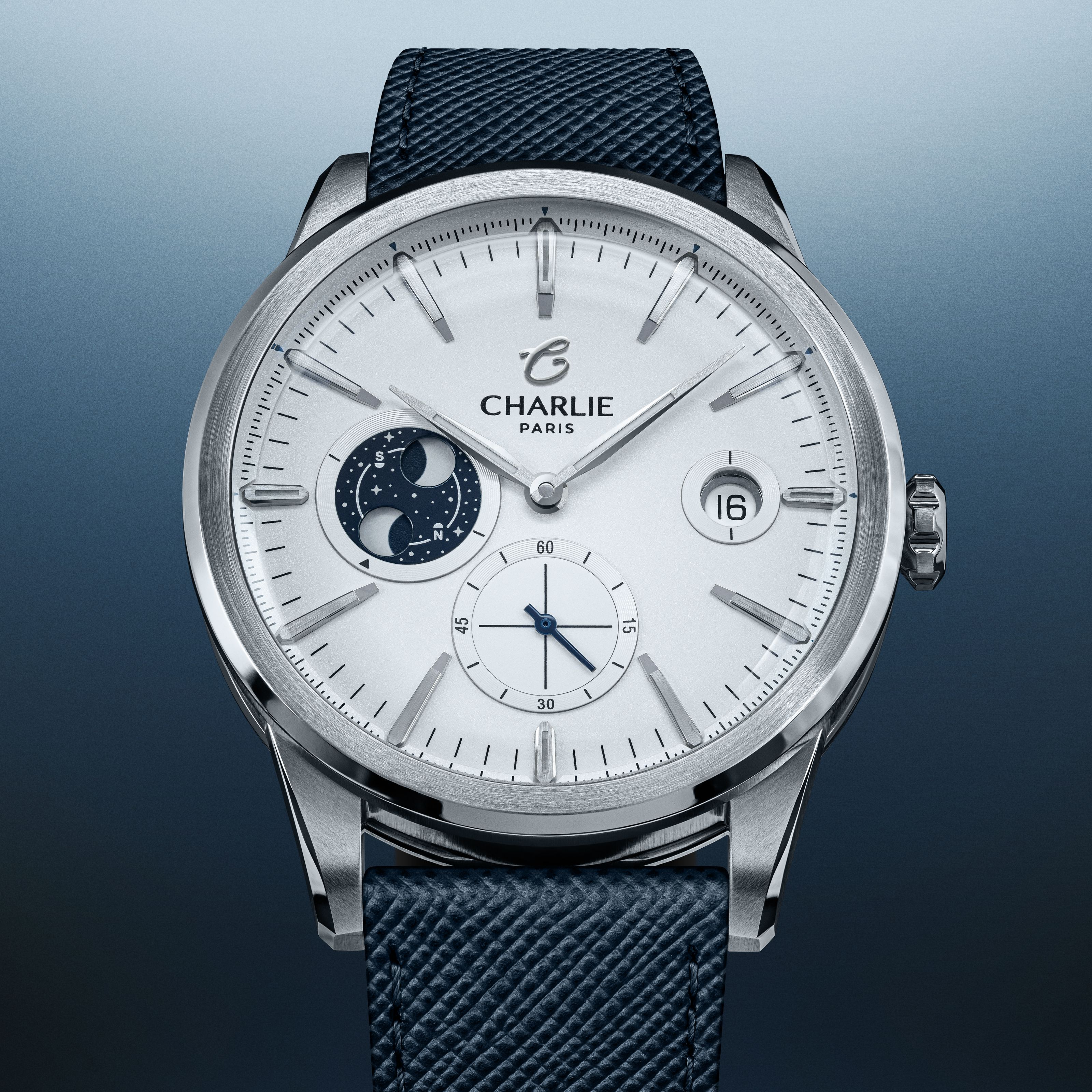
Christmas is coming soon! To help you select your future gifts, the Charlie Paris team has selected just for you the 5 gift ideas for a watch lover.


